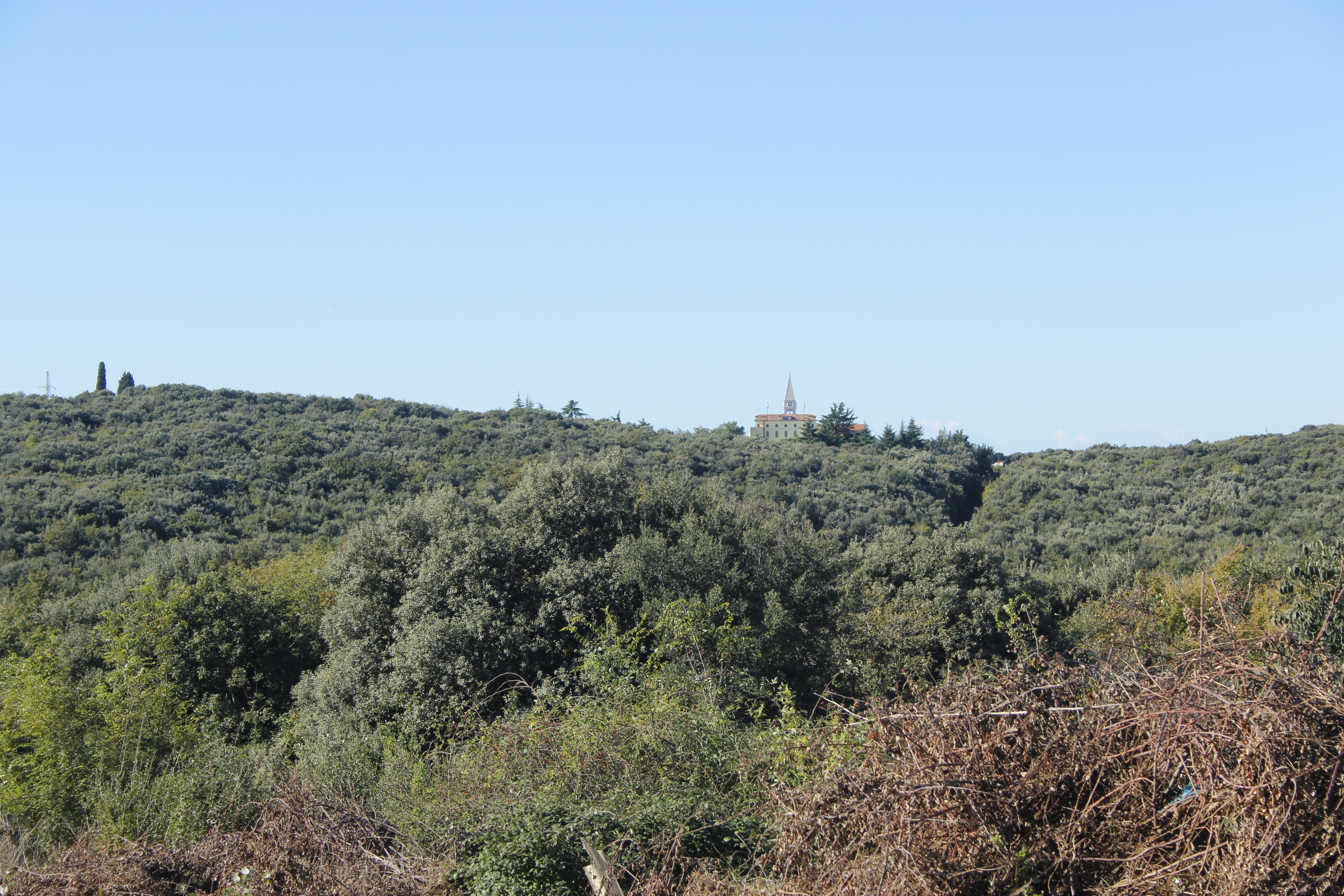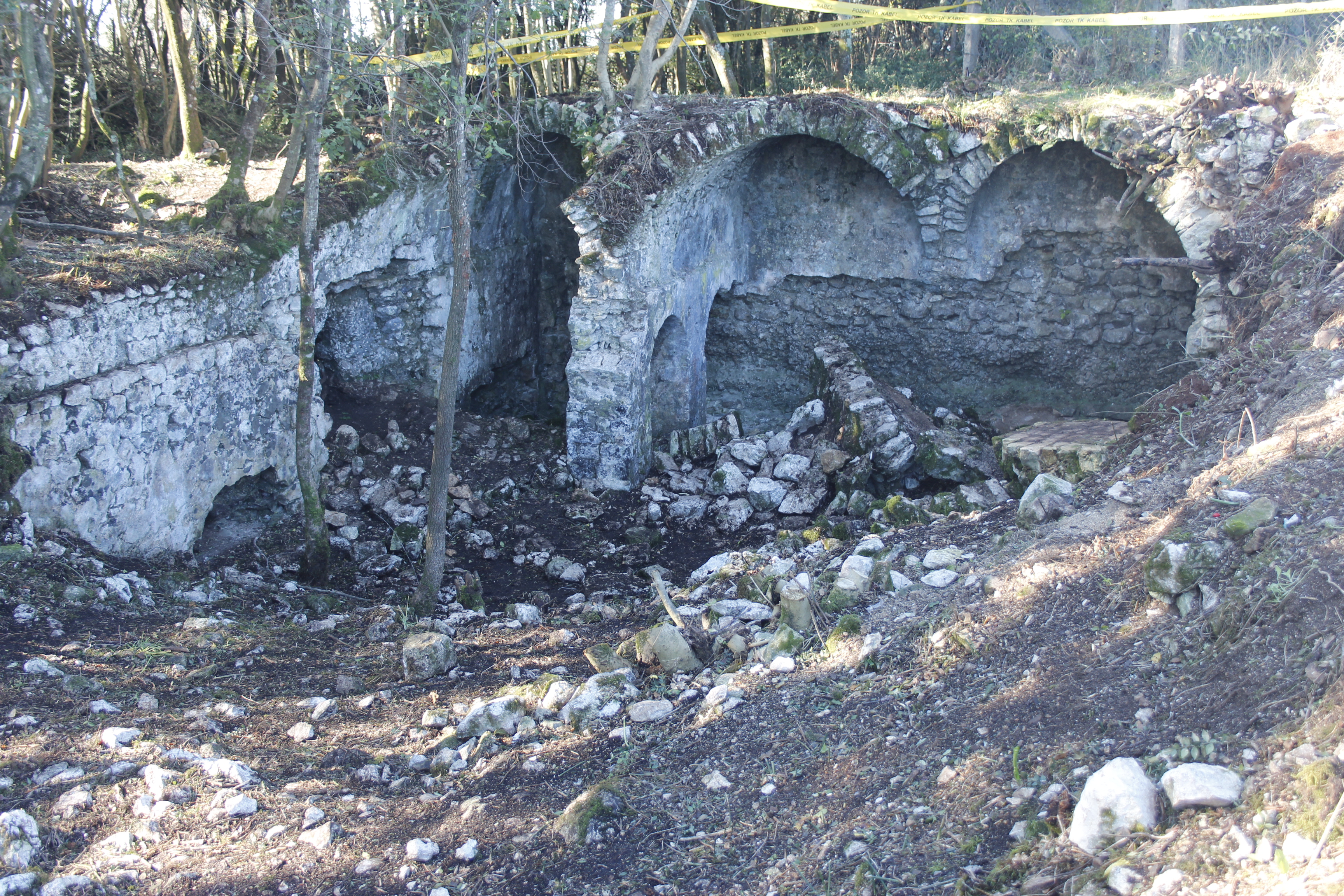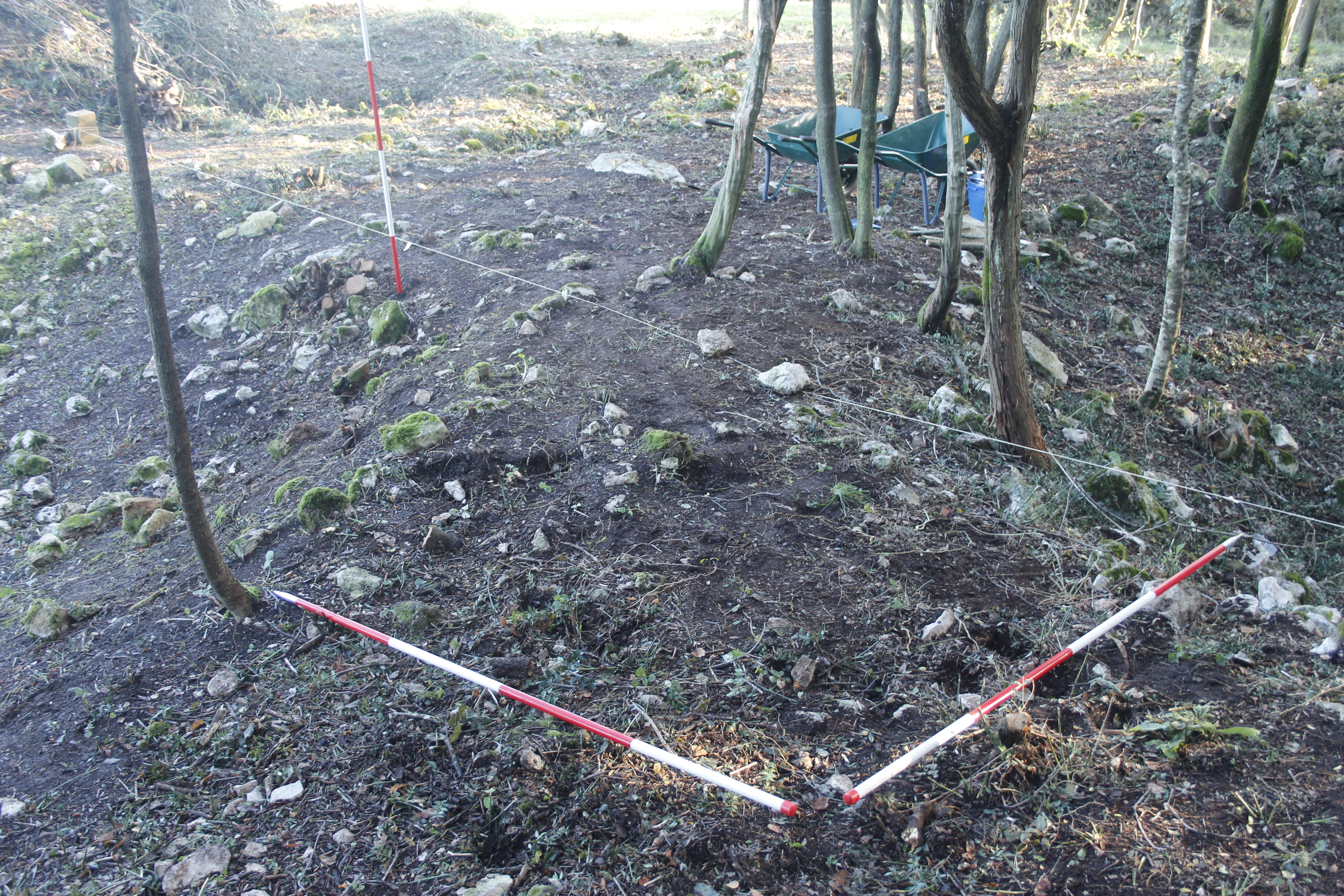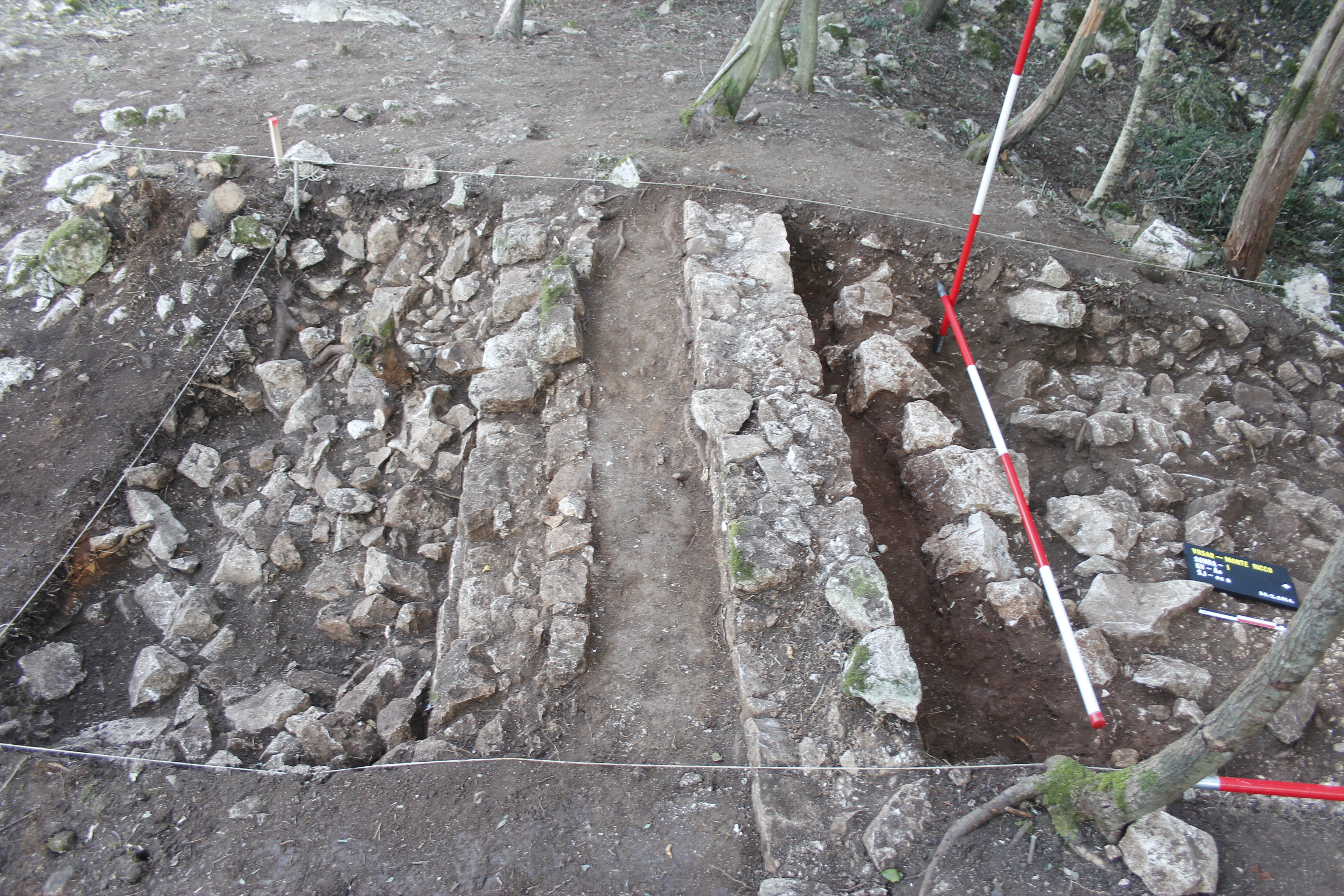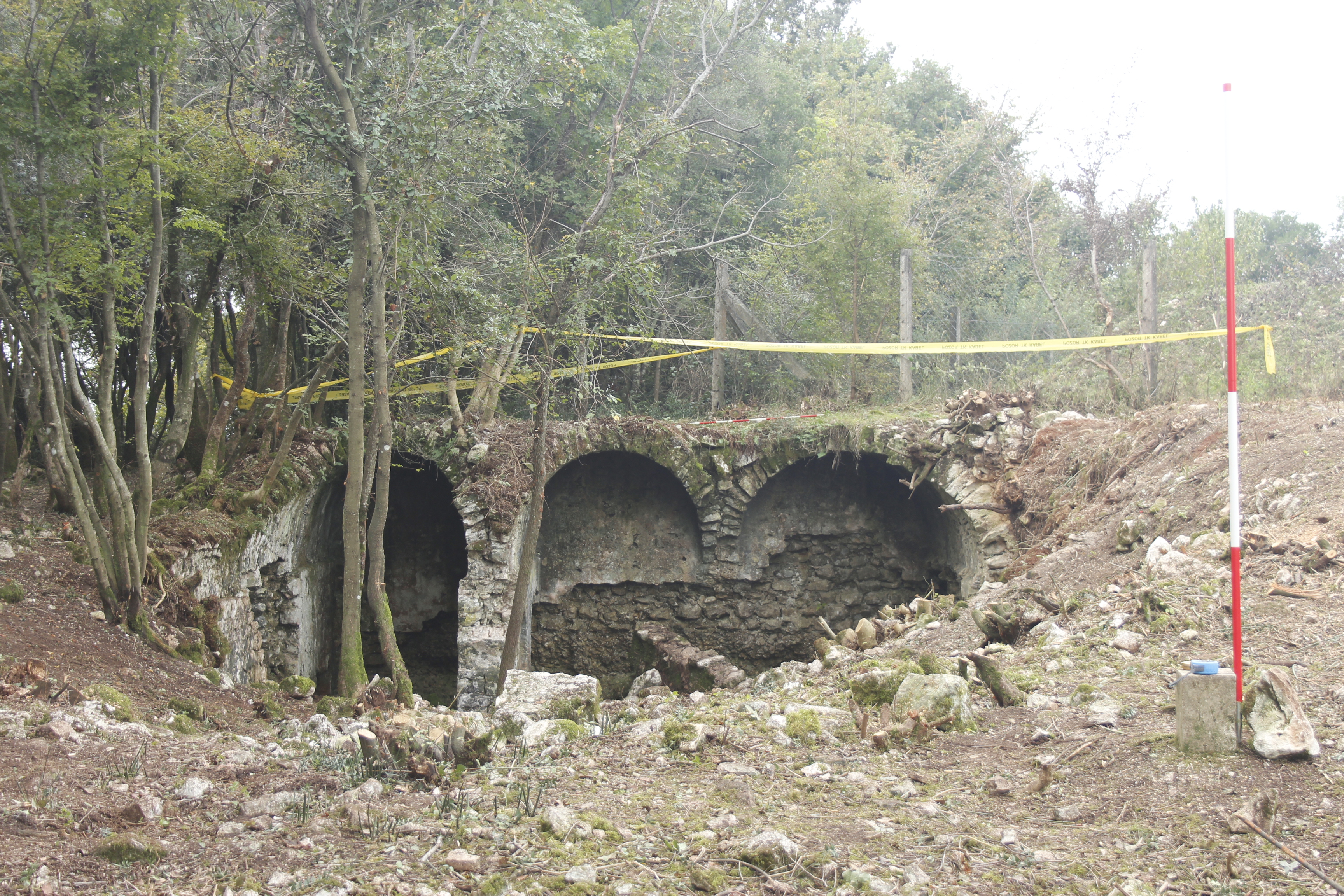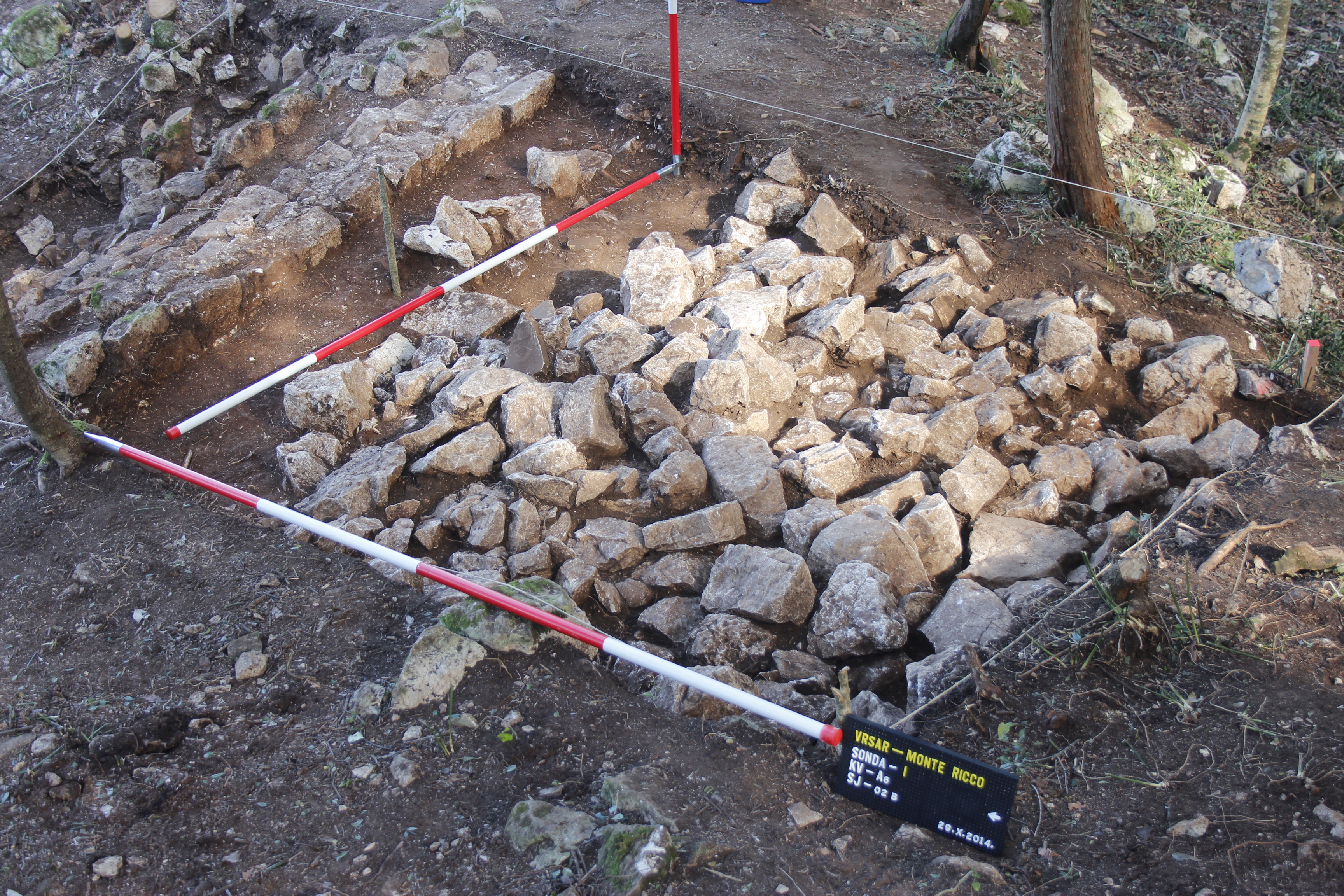THE PROJECT
An impressive number of later prehistoric hillfort settlements have been found in Istria, where they represent an interesting scientific and important cultural phenomenon. Due to population increase and social stratification, hillforts of the Istrian peninsula were soon transformed from simple settlements into pre-urban and proto-urban ones, and life at most of them continued uninterrupted until the Roman conquest. While the ethnic identity of the Bronze Age population is still unknown, the ethnically uniform population of the Histri inhabited these settlements during the Iron Age. Although most hillfort sites were abandoned after the Roman conquest of Istria, some of them remained in use, but under different circumstances and conditions which led to their substantial modification.
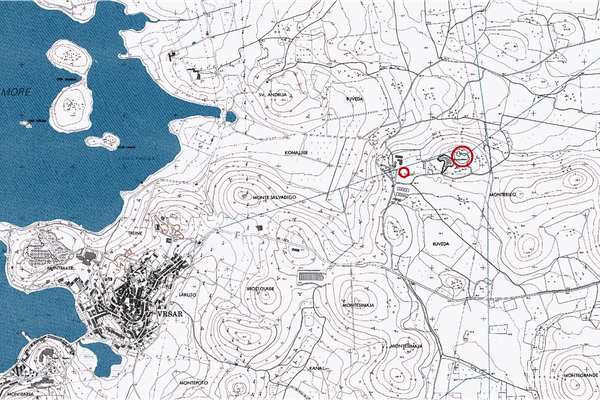 The Roman settlement pattern outside the main urban centres (Pola, Parentium, colonies, founded around the middle of the 1st century B.C.) from the end of the 1st century B. C. develops as a net of villae rusticae, Roman villas, which were centres of agricultural estates. These settlements, of the form well known also from Italy and other Mediterranean and Central and Northern European provinces, were in the plain, on flat land, or sometimes along the coast, near the land that was the source of subsistence and wealth for their owners. Villas were of two main types (luxurious, usually on the coast – villae maritimae, and productive, without luxurious elements) and a combination of the two (with quarters of a rich owner and a large agricultural section). There are at least 250 known sites of the type of villae rusticae on the territories (agri) of Pola and Parentium, and maybe another 100 in northwestern Istria (the area was later attributed to the colony of Tergeste). They are not present in the interior and northern part of Istria, as the economy there was not based on export-oriented agriculture, the production mainly of olive oil and wine as in the colonial agri (Matijašić 1998).
The Roman settlement pattern outside the main urban centres (Pola, Parentium, colonies, founded around the middle of the 1st century B.C.) from the end of the 1st century B. C. develops as a net of villae rusticae, Roman villas, which were centres of agricultural estates. These settlements, of the form well known also from Italy and other Mediterranean and Central and Northern European provinces, were in the plain, on flat land, or sometimes along the coast, near the land that was the source of subsistence and wealth for their owners. Villas were of two main types (luxurious, usually on the coast – villae maritimae, and productive, without luxurious elements) and a combination of the two (with quarters of a rich owner and a large agricultural section). There are at least 250 known sites of the type of villae rusticae on the territories (agri) of Pola and Parentium, and maybe another 100 in northwestern Istria (the area was later attributed to the colony of Tergeste). They are not present in the interior and northern part of Istria, as the economy there was not based on export-oriented agriculture, the production mainly of olive oil and wine as in the colonial agri (Matijašić 1998).
During the passage from Prehistory to the Roman Age (2nd – 1st century B. C.), hillforts were abandoned because their defence infrastructure was not needed any more, as the Roman state provided security for all its inhabitants. The native Histri were either assimilated or resettled in the interior, and their land was taken by the State. During this period the hillforts were gradually abandoned in favour of settlements in the plain.
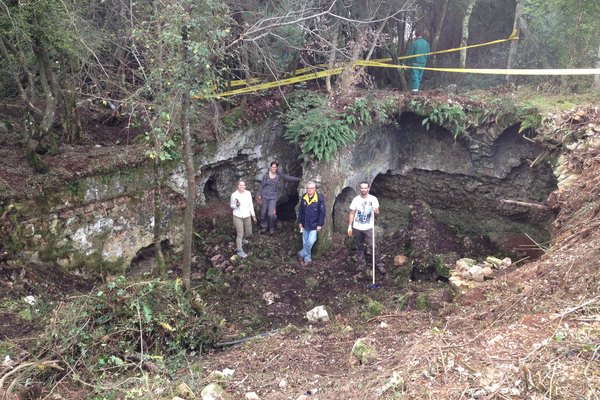 Of the 440 hillforts and 350 villas in Istria, only about 70 have traces of settlement in Prehistory and Roman Age: 23 in the ager of Pola, 24 in the ager of Parentium, 9 in Northwestern Istria, 14 in Central and Northern Istria. They, and particularly the 24 in the ager of Parentium will be the object of study of the proposed project.
Of the 440 hillforts and 350 villas in Istria, only about 70 have traces of settlement in Prehistory and Roman Age: 23 in the ager of Pola, 24 in the ager of Parentium, 9 in Northwestern Istria, 14 in Central and Northern Istria. They, and particularly the 24 in the ager of Parentium will be the object of study of the proposed project.
The main objective of the proposed project is to identify anthropogenic landscape transformation processes and to obtain new insights on the spatial organisation of settlements and their relationship with the surrounding environment. By applying an interdisciplinary approach (landscape studies, geoarchaeology, topography, GIS and archaeology)a new holistic interpretation of past landscape dynamics will be presented. The proposed research will fill the gap in the understanding of human-landscape interaction and human transformation of the land, with emphasis on Late Prehistory and Roman Age.
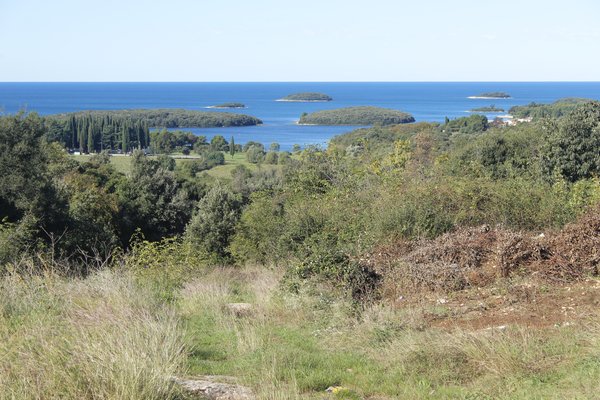 A case study on human impact on landscape will be conducted in the Poreč micro-region. One of the aims of the case study is to explore the relationships between hillfort settlements of the area and their immediate surroundings and explain the results within the broader regional context. Another aim is to explore the direction of natural communication routes between hillforts on the basis of their position.
A case study on human impact on landscape will be conducted in the Poreč micro-region. One of the aims of the case study is to explore the relationships between hillfort settlements of the area and their immediate surroundings and explain the results within the broader regional context. Another aim is to explore the direction of natural communication routes between hillforts on the basis of their position.
Site specific research in the case study area
The site of Monte Ricco (Sv. Martin/Gavanov vrh) near the town of Vrsar was chosen because there are still visible traces of buildings (stone fortification walls) raised by the prehistoric inhabitants of the hillfort during the Bronze Age; archival sources indicate the existence of a prehistoric necropolis, destroyed in 1924. Signs of reuse of the site during the Roman Age are indicated by a 16 x 7 m cistern divided into three naves (possibly part of a Roman villa rustica). Late Roman pottery shards were also identified at the site. The archaeological site is situated inside the colonial ager of Roman Parentium, so it is suitable for integrating the results of the excavations with the systematic survey of the case study micro- region.
Specific objectives of the case study of the hillfort of Monte Ricco
- assessment of the precise chronology of Prehistoric and Roman findings and interpretation of their stratigraphic and cultural context,
- determination of the surface of the Prehistoric settlement, - estimate of the extent of Roman Age intervention and transformation of the site, - evaluation of the human impact on the landscape surrounding the hillfort


